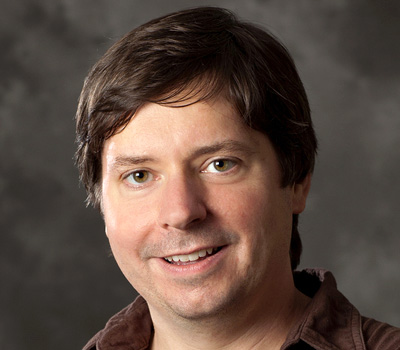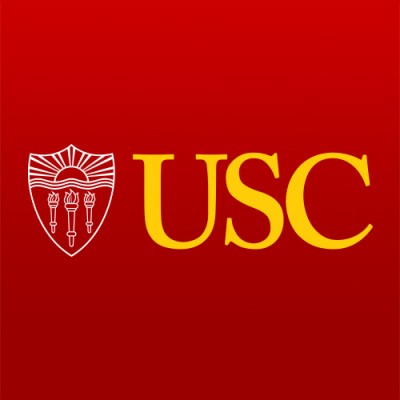Microfluidic devices provide insight and direction for new drugs and biomedical therapies
Cell membranes are the most important biological interface in the body; they are the surface at which everything that controls a cell's interaction with its environment happens. Understanding how to manipulate the structure and composition of these membranes on a fundamental level would allow scientists to envision new, precise drug treatment approaches. On the front line of this effort is Dr. Noah Malmstadt, of the University of Southern California, who is investigating and applying the utility of microfluidic devices to address several detrimental diseases both in mental health (bipolar disorder, schizophrenia, anxiety, depression, post-traumatic stress disorder, and addiction) and in aging (neurodegeneration and congestive heart failure). His group aims to build artificial cells with variable membrane composition and structure to better understand how these properties might be key to advancing medical treatments against these diseases.
Investing in Dr. Malmstadt is not only an investment in future research itself but also an investment in the future scientists of our nation. The education and creative support of his students, from his research pupils to the sixth graders he inspires through outreach programs, is one of Dr. Malmstadt's unique and most upheld personal values. With ideas pouring in from all of the diverse and creative minds within his group, Dr. Malmstadt is leading a combined effort to advance experimental drug testing to a tangible level.
Dr. Malmstadt's current research portfolio includes the following diverse topics:
-
Engineering 3D-Printable Microfluidic Devices: Complex networks of biomedical analytical systems will become easier to assemble with Dr. Malmstadt's streamlined printable devices that snap together like LEGO blocks.
-
Targeting Mental Illness: Incorporating proteins known to be involved in multiple mental illnesses into artificial cell membranes and testing their interactions with prospective drugs could lead to a preventative cure. Advanced medical treatments would be able to address diseased cells with higher precision than current approaches.
-
Diseases Caused by Oxygen Damage on Cells: Oxidative stress, the culprit of many aging-related diseases, and how it deforms and breaks down cell membranes to allow viral and toxin intrusion is being investigated. Understanding this is the first step to introducing counteractive measures against neurodegenerative disorders and congestive heart disease.
- More Efficient Nanomaterial Production: Microfluidic chemical reactors can improve the production of critical nanomaterials by running at the same time in parallel, which traditional reactors fail to achieve when faced with the big challenge of scaling up.
Bio
Noah Malmstadt is an Associate Professor in the Mork Family Department of Chemical Engineering and Materials Science at the University of Southern California. He also holds joint appointments in the Departments of Biomedical Engineering and Chemistry at USC. He is an expert in the development of microfluidic systems for handling and analyzing biomolecules. He has pioneered techniques for controllably and dynamically altering the surface (bio) chemistry of microchannels and had developed single-molecule techniques for investigating membrane protein function in microchannels. His current microfluidic research efforts focus on developing standardized approaches to microfluidic system design and scaling microreactors for industrial manufacturing via massive parallelization. He also develops synthetic biological systems that mimic the behavior of cellular compartments, allowing for functional studies of integral membrane proteins. Malmstadt received his B.S. in Chemical Engineering from Caltech. He received his Ph.D. in Bioengineering in 2003, working with Pat Stayton and Allan S. Hoffman. He did his postdoctoral work at UCLA with Jacob Schmidt. He's also the recipient of a 2012 Office of Naval Research Young Investigator award.
Dr. Malmstadt finds his position as a principal investigator rewarding not only for the realization of his own ideas but also those of his students, whom he considers essential to the future of innovation. Dr. Malmstadt encourages an atmosphere of play and intellectual risk-taking within his lab, and he inspires future scientists from the university level all the way down to the junior high level through various outreach programs.
In his free time, Dr. Malmstadt enjoys snowboarding and travel--or traveling to go snowboarding ideally!
For more information, please visit: http://www.usc.edu/dept/chems/malmstadt/research/
In the News
ECN Magazine
Business Standard
Publications
Videos
Awards
Invited attendee, 2013
National Academy of Engineering Frontiers of Engineering Education Symposium
Young Investigator Award, 2012
Office of Naval Research
Finalist: 2010 and 2011
NIH Director's New Innovator Award
Invited attendee, 2009
National Academies Keck Futures Initiative Conference on Synthetic Biology
Research Award, 2008
Charles Lee Powell Foundation


